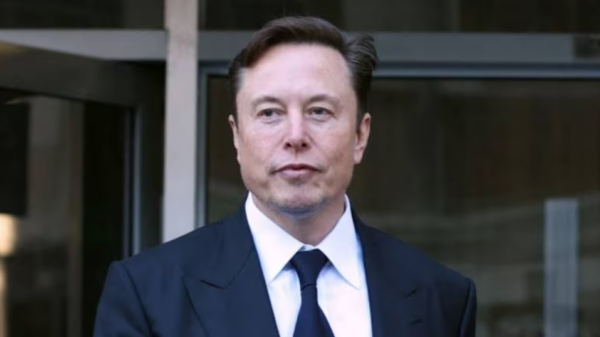Musk wants to turn Twitter into a news, payment, and food-ordering app.
“Buying Twitter is an accelerant to inventing X, the everything app,” Musk said in October, weeks before acquiring the social network for $44 billion.
He subsequently stated Twitter might be like WeChat, the successful Chinese software that mixes social media, instant messaging, and payments.

What has changed on Twitter, and what are the changes underlying the modifications?
Yet almost six months after Musk took over Twitter, his dreams for the site have essentially remained that—ambitions.
The millionaire has made countless of cosmetic Twitter changes. Jane Manchun Wong, an independent software engineer who researches social applications, said his tweaks largely affected the platform’s design. Twitter’s fundamental functions—quickly sharing news and discussing live events—haven’t changed.
User experiences are evolving. Musk’s tweaks are changing the tweets people see. He adjusted the algorithm that determines which messages are most prominent, removed content moderation restrictions that block particular tweets, and altered the user verification procedure.
Users claimed the result is a Twitter that appears the same but surfaces posts less predictably and is clunkier. It sometimes confuses. Twitter workers have complained.
Twitter designer Andrea Conway said, “We know you hate it,” concerning the design revisions last month. We detest it. We’re making it less suck.” She said the changes might render Twitter “totally useless.”
Musk refused comment.
Newsfeed
Twitter’s newsfeed is the biggest difference. Newsfeeds used to show solely tweets from accounts a user followed.
Musk’s newsfeed splits. Twitter now has a “Following” page and an algorithmically selected “For You” stream that mirrors TikTok.
Musk’s tweaks to Twitter’s recommendation algorithm show more tweets from non-followers and propose new subjects and interests in the “For You” newsfeed. Users may also view stuff from content providers they don’t like. The algorithm blasted Musk tweets in February.
Check Marks
Musk also added a stream of color-coded check marks to Twitter, indicating a larger shift to how the network verifies organizations, governments, famous persons, and other official accounts.
Twitter used to provide “verified” users, usually politicians and celebrities, white-and-blue check marks. Free checkmarks.
Musk started charging $8 per month for check marks this month, eliminating free check marks. He prefers subscription payments above check marks.
Government official accounts are gray, whereas business accounts are yellow. Employers may authenticate employee accounts by adding their logo. Payers get the blue-and-white check mark.
Last month, Musk suggested Twitter’s recommendation system will favor check mark buyers and allow them to appear in “For You” newsfeeds. He added that would prevent spam accounts from manipulating the system and topping “For You” newsfeeds.
Metrics
Twitter users could only like, retweet, or reply throughout most of its history. Tweets ended with the amount of responses, likes, and retweets.
Musk adds stats to tweets. He incorporated a view count to reflect a post’s popularity better than likes or retweets. Twitter now counts bookmarks and saves.
Every tweet now includes its responses, likes, retweets, bookmarks, and views.
What are these movements worth? Several Twitter users and workers found it difficult.
“Twitter has leaned in to the ‘crazy uncle’ contingent,” said hashtag inventor Chris Messina, who now sees recommended tweets that don’t interest him. “Product quality has significantly declined.”

